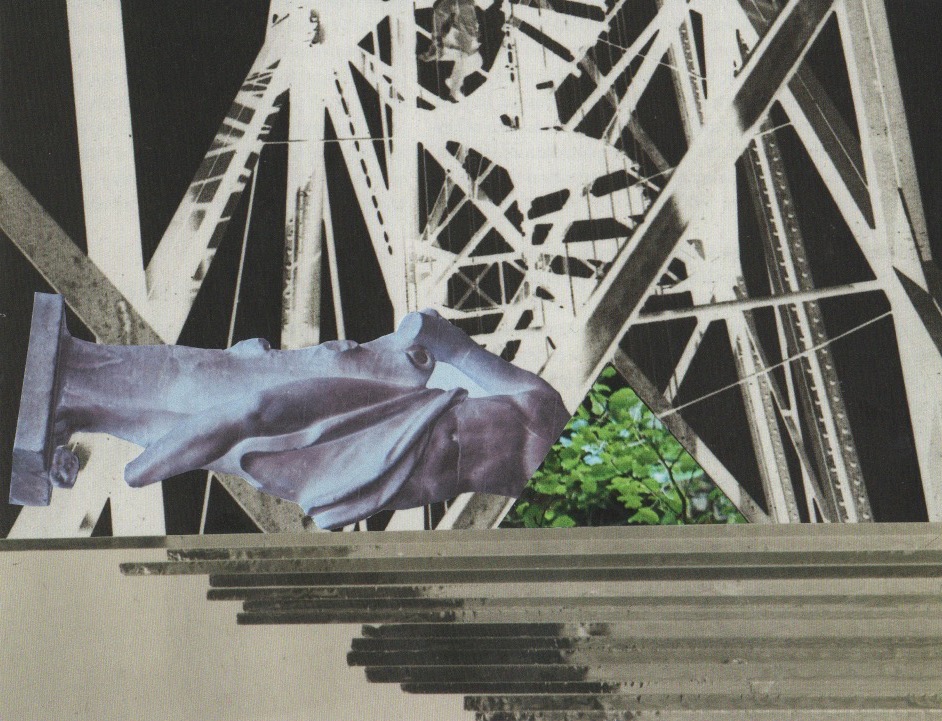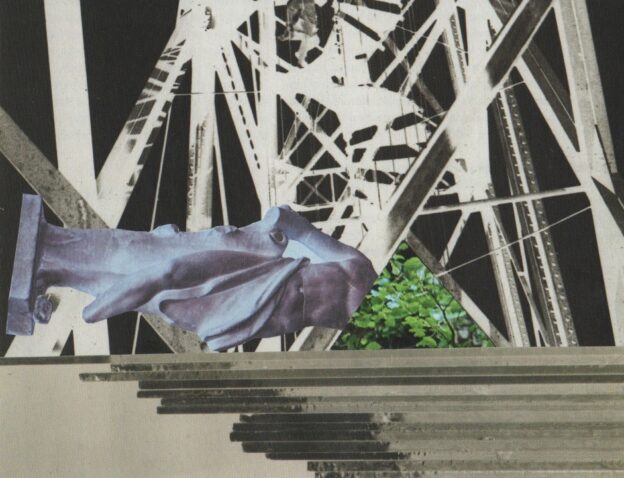Men who have experienced sexual violation often have a kind of invisibility in the world. They are not prominent in literature about therapy, in research about sexual violation, or even generally in the public awareness. This has begun to change somewhat, recently, in the aftermath of the revelations about high-profile predatory figures in the media world and the abuse of young males in football and other sports. But, on the whole, the idea of a man or a male child being raped, sexually abused, manipulated or used by another is still a deep taboo for many people. If we cannot face this taboo, we are collectively failing to look into the reason behind an enormous amount of suffering and even of death.
Sadly, even some in the caring professions continue to feel that there is something so grotesquely awful and unthinkable, so incomprehensible – or even downright unbelievable – about a man or boy being sexually hurt or objectified, that they fear they do not have what it takes to be able to work with this issue or do not wish to even attempt it. In a systematic review of research published online in the International Journal of Mental Health Nursing, only 22 per cent of people using statutory mental health services are ever asked by mental health staff about previous experiences of abuse. Of those who were asked, women patients were far more likely to be asked than male patients (Read et al. 2017).
I wrote a book about effective therapy for male survivors of abuse, which was published by Jessica Kingsley in April 2018: Helping Male Survivors of Sexual Violation to Recover. Stories from Therapy. Part of my motivation in writing it was to honour the courage and the determination to heal shown by the many men I have accompanied in their therapeutic work over the last 17 years. Another reason I wrote the book was to encourage and embolden those in the helping professions who think they might not have the capacity or skill to support this client group. My hope is that the book will help them trust that they certainly can be of use to male survivors of sexual abuse, whenever they offer a combination of warmth and rigorous thinking within the context of a respectful relationship.
A common theme, in all stories of men and boys who have been abused – no matter what the age, education, cultural heritage, income, sexuality or family background of the individual coming for support – is that male survivors are impacted by the deeply held belief that a male should be strong and tough. Even when this belief is not held consciously, and even when it is vigorously rejected on a conscious level, its roots still go deep, both within many individuals and within many collectives. A great number of boys and men cannot help but take on board these fundamental messages about males needing to embody strength, power, and being in control. And when they have not been able to embody those qualities, for example, when they have experienced sexual abuse, they are left with an almost intolerable shame at having failed to embody adequate masculine strength.
The American psychologist Silvan Tomkins explains why the shame after abuse is so shattering for men:
Though terror speaks of life and death, and distress makes the world a vale of tears, yet shame strikes deepest into the heart of man. While terror and dis- tress hurt, they are wounds inflicted from the outside which penetrate the smooth surface of the ego; but shame is felt as an inner torment, as sickness of the soul. It does not matter whether the humiliated one has been shamed by derisive laughter or whether he mocks himself. In either event he feels himself naked, defeated, alienated, lacking in dignity or worth. – Tomkins (1963)
The good news is that the healing balm for the isolating anguish Tomkins describes is available to any male whenever he is able to speak, and feel understood and supported about an experience that has left him shamed to the core. Individual therapy, as well as other sources of emotional and psychological support, such as compassionate friends and/or a partner, or being part of an accepting group or team, can all provide opportunities for this vital dissolving of shame. It seems a simple thing. But there are still too few opportunities for men and boys to feel supported with this issue.
This means there are still too many men and boys staring into an abyss of isolation and a feeling that they are alone and fatally flawed for having once been helpless and vulnerable when sexually violated.
Written by SARAH VAN GOGH
Originally published OCTOBER 2018

Artwork by KATE HOLFORD
© Copyright for all texts published in Stillpoint Magazine are held by the authors thereof, and for all visual artworks by the visual artists thereof, effective from the year of publication. Stillpoint Magazine holds copyright to all additional images, branding, design and supplementary texts across stillpointmag.org as well as in additional social media profiles, digital platforms and print materials. All rights reserved.



